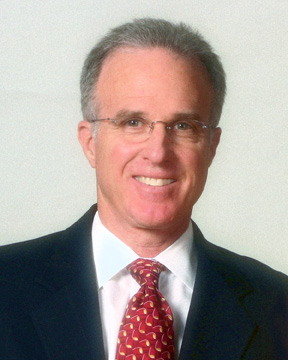The Brand
/This piece originally ran on www.foliomag.com. It has been downloaded hundreds of times since June 25, and the response has been so overwhelmingly positive that we wanted to bring it to you as my President’s Letter.
President’s Letter
Over the past 10 years, I have talked with many senior magazine executives about their struggles to serve the changing publishing environment. Finding balance is difficult, and making money while adapting to this changing climate is not easy. The consensus is that they need to get back to basics, and to find better ways to leverage their brands. They need to invest for the future by backing the right technologies, but nobody knows which implementations will prevail.
Power of the Brand
For the past decade, we have argued that branding will be critically important to magazine companies that want to build digital businesses. Familiar product brands are perceived as being more trustworthy than unbranded. For example, an unknown prodigy who starts posting financial content on the Web will be at a huge competitive disadvantage to a site like Kiplinger.com, written by editors who have been trusted advisors to investors for more than 80 years. Powerful print brands will be the ultimate winners of the digital transformation IF they can adopt appropriate strategies.





